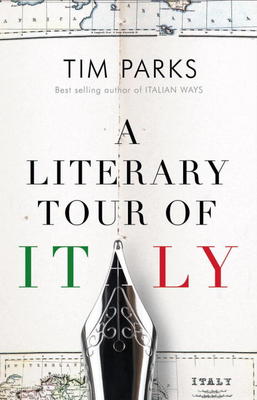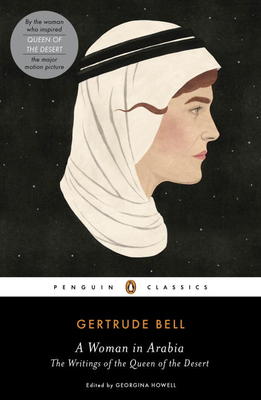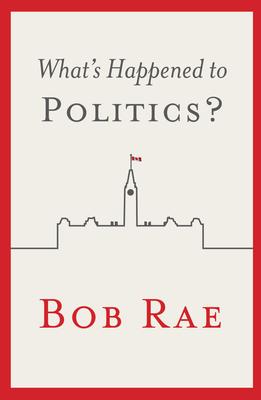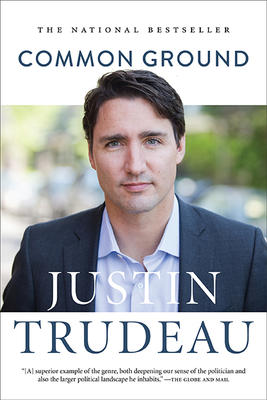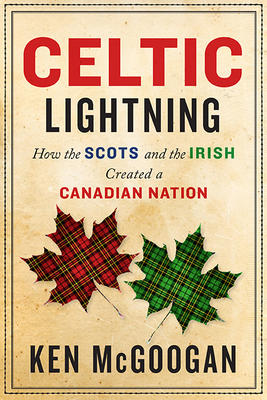 Ken McGoogan has already published the widely-read book How the Scots Invented Canada. In this new one, the history professor broadens his research on the founding of Canada and shows how the Irish early immigrants, combined with the Scots, established a kind of Celtic lightning that has lit our country ever since.
Ken McGoogan has already published the widely-read book How the Scots Invented Canada. In this new one, the history professor broadens his research on the founding of Canada and shows how the Irish early immigrants, combined with the Scots, established a kind of Celtic lightning that has lit our country ever since.
To do this, McGoogan picks five of the main values he says the early Celts brought with them, these being Independence, Democracy, Pluralism, Audacity and Perseverance. He then gives the lives of some 30 prominent individuals in both Scotland and Ireland who illustrate these values. Many of these are photographed. He shows how these values were then transmitted to the early generations that came to Canada and have taken root here.
The characters are fascinating: Robert the Bruce (for Independence); John A. Macdonald, David O’Connell (Democracy); Oscar Wilde (Pluralism); James Joyce (Audacity); Robert Louis Stevenson (Perseverance). It makes for a provocative look at our country where a population of some 9 million has a strong effect on the remaining 30 million.
Ken McGoogan teaches at the University of Toronto and at King’s College in Halifax. He has published some dozen books, including Fatal Passage and Lady Franklin’s Revenge and won numerous honors for his work in Canadian history.
Reviewed by Anne McDougall
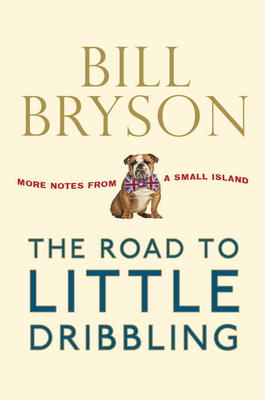
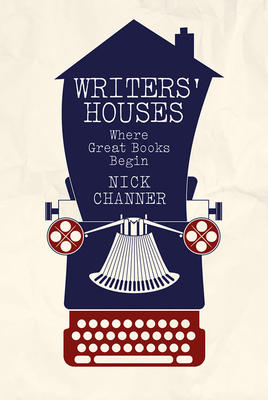
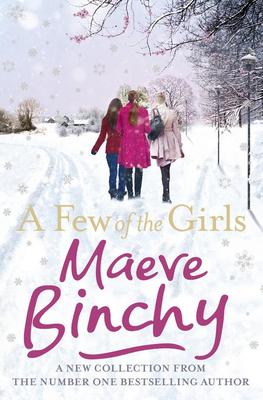
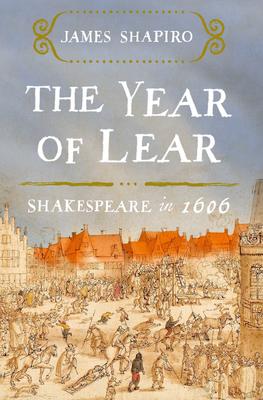
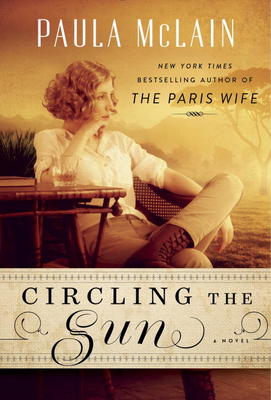 Paula McLain made her name as a writer of historical fiction with her earlier book, The Paris Wife, which became a huge best-seller.
Paula McLain made her name as a writer of historical fiction with her earlier book, The Paris Wife, which became a huge best-seller.